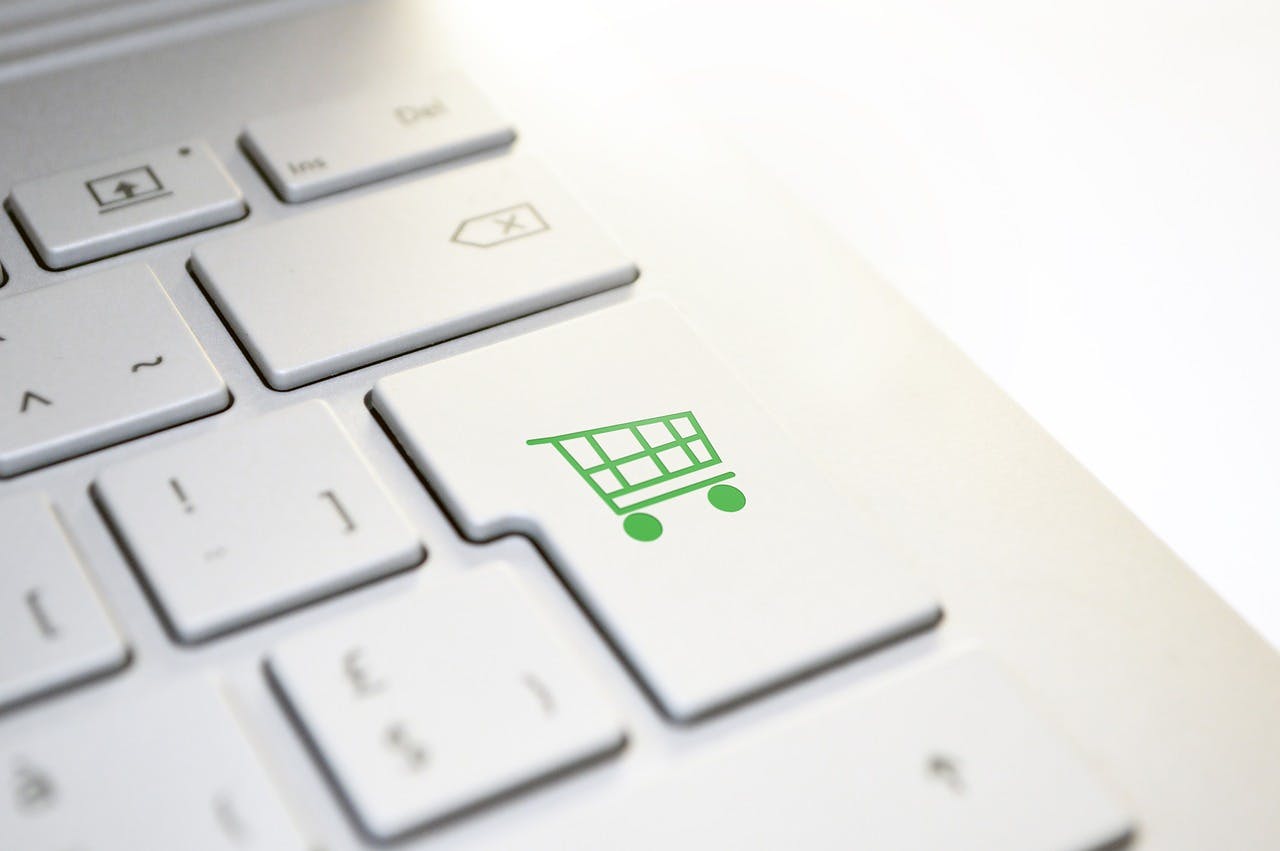Lipstick beats bag: how beauty is conquering online luxury

Everything you need to know about outsourced e-invoicing

Since it came into force, e-commerce owners have had to adapt to electronic invoicing, otherwise they risk incurring severe penalties. The electronic invoicing system was introduced with the aim of organizing the procedures for issuing, transmitting and storing invoices more effectively, simplifying the transaction systems, including online ones.
Officially introduced in 2008 by decision of the European Union, recourse to electronic invoicing began in Italy starting from 6 June 2014, initially only for issuing invoices to the Public Administration. The obligation was then also extended to purchases and sales between private individuals, both between two subjects who pay VAT (B2B invoice) and between a subject who pays VAT and another who is not required to do so, as a consumer final (this is instead the B2C invoice). Thanks to electronic invoicing, it is not only possible to optimize all operations concerning invoices, but also to combat tax evasion: each step can in fact be controlled in real time. The invoice is a tax document issued by the professional or company that sells a service or good, but there are cases in which this document is issued by a third party on behalf of the provider.
With the arrival of the obligation of electronic invoicing, companies have had to adapt to the new processes: the electronic invoice is a valid document only when it is processed by the Exchange System of the Revenue Agency. To activate an outsourced invoicing flow, an agreement must be stipulated between the two subjects - lender and issuer - through which the company authorizes the outsourcer to manage the invoicing process on behalf of third parties, paying particular attention to privacy management. Further and explicit agreements will then be detailed in the event that the replacement storage of electronic invoices is also outsourced.
To adapt to the electronic invoicing system, it is first of all necessary to establish the type of your e-commerce:
Direct e-commerce, therefore the sale of intangible products or services which, for VAT purposes, assimilated at a tax level to the "provision of services".
Indirect e-commerce, i.e. the internet sale of physical goods intended to be physically delivered.
Current legislation establishes that intangible assets are subject to the obligation to issue an invoice only if requested by the customer. In this case, from 1 January 2019, the invoice must be in electronic format and sent via the Exchange System of the Revenue Agency.
Even the sale of physical goods through e-commerce is exempt from the obligation to issue an invoice, unless requested by the customer beyond the moment the transaction is performed. However, when the buyer is a VAT number holder who purchases a specific asset in implementation of his business activity, he is obliged to request the issuance of the invoice.
When an e-commerce is asked to issue an invoice, this must be drafted in XML format and sent through the appropriate interchange system (SDI) via certified email or using the unique code, which allows the subject to be identified tax to the Revenue Agency.
If an e-commerce already existed before electronic invoicing came into force, it is required to comply with the regulations currently in force.
Consequently, if it does not already exist, it is necessary to integrate a special section dedicated to electronic invoicing. In addition, it is also possible to introduce an invoice export system – which, remember, must be generated in XML format – which can then be imported directly into the site's management software.